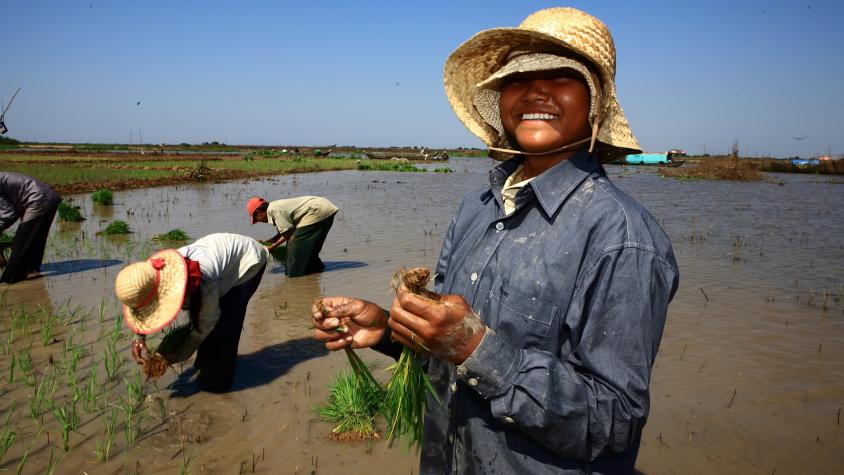Supporting Water Resources Management in Vietnam

The Supporting Water Resources Management in Vietnam Service supported national agencies in assessing the impacts of climate change and basin development on water availability through a web-based integrated water resources model for basin management. This service was based on the Water Evaluation and Planning (WEAP) system adapted specifically for web-applications. The web-based tool ran the model and automatically retrieved required sectoral water use under a myriad combination of future climate and socio-economic conditions.
An interactive front end was co-developed with the Vietnam National Center for Water Resources Planning and Investigation (NAWAPI), enabling users to choose pre-determined development and climate change options for a basin. Users had the option to export quantitative figures on water availability, run in-depth analysis, and evaluate qualitative outputs for the assessment of integrated water availability and use in the basin. NAWAPI took ownership of the tool and used it for supporting basin development plans. Due to the transboundary nature of the Srepok and Ca river basins models, the web-based tool has the potential to expand into Cambodia and Laos, where it could be used by international stakeholders to assess basin development impacts.
Rationale
Water resource availability in Vietnam is heavily concentrated within transboundary basins. The effective management of these basins greatly influences broader sustainable development. In Vietnam, agriculture accounts for almost 80% of available surface water use. Rapid economic development brings with it changes in land-use, increasing urbanization, infrastructure development, migration patterns and climate risk, which are increasing water demand. Increasing demands on water from different sectors, growing water scarcity and climate variability have necessitated allocation strategies.
Allocation of water resources between and within different sectors and for different uses is one of the biggest challenges confronting water management planning. The complexities further increase when considering the water-food-energy-ecosystems interdependencies. Many existing water management modeling tools are centered on separate hydrologic or groundwater models. They often lack an integrated approach to assess competing needs from different water use, and may not consider water allocation strategies by including how future uncertainties will impact water resources management. Moreover, many water resources models require high levels of technical expertise, hampering their widespread use by different stakeholders involved in water resources planning and management. Ultimately the web-based tool developed through this service will assist decision makers and water managers at the provincial and local levels to understand the implications of various basin development scenarios under climate change without the need to operate the intricacies of the modeling platform.

